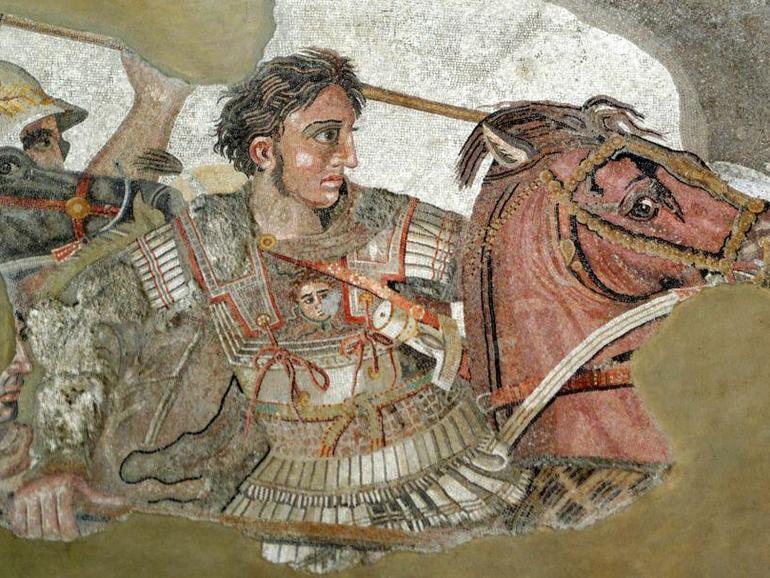One in four Brazilian museums have made their collections available online and most cultural institutions face issues relating to technology infrastructure and connectivity, according to a new study from the Brazilian Internet Steering Committee.
According to the research on the current state of technology adoption in the arts and culture space, there was a significant change in terms of Internet use by museums and the presence of these organizations in social networks. The study noted that 56% of cultural institutions had some kind of social media presence in 2020 compared to 48% in 2018, leading to a 49% increase in interactions with the public through such platforms, including the promotion of collections, exhibitions, projects or services.
However, digital collections is challenging for most Brazilian cultural institutions. The study has found that, although digitization of items to some extent has been carried out by 68% of museums, this did not necessarily correspond to the availability of the collections in digital formats to the public.
While only 38% of the institutions polled have collections available digitally, the availability of items on the Internet is even less common. (25%). Public access to these materials took place mostly within the institution (30%), rather than remotely, by digital means, such as the online platforms maintained by the institutions or social networks (15%), the institution’s website (13%) or digital repositories (12%).
The availability of computers and the Internet for public use stood out among archives, libraries and cultural venues: about half of these institutions in Brazil had infrastructure that allowed the population to access digital technologies, according to the research.
The research noted that although the presence of the public has been compromised due to the closing of institutions in a pandemic scenario, the findings provide important insights into the role of cultural institutions in the digital inclusion of a segment of the population. “This becomes even more relevant with the intensification of the use of information technology and communications in different dimensions of life – not just in the cultural sense, but from an academic and professional standpoint, as well as access to information and public services”, it said.
Additionally, the study has also revealed weaknesses linked to access to IT and communications in cultural institutions in Brazil, highlighting the need for investments in technological infrastructure and connectivity in that segment.
In 2020, about a quarter of libraries (25%) and museums (23%) and two-fifths of listed properties (40%) did not use the web. Reasons given by respondents include the lack of Internet infrastructure in the region where the institution is located was mentioned by 15% of those responsible for libraries and 11% of those responsible for listed properties and museums. The high cost of connectivity was cited by 14% of managers of listed assets, 10% of museums and 9% of libraries.
The survey carried out between February and August 2020 polled 2.193 decision makers at cultural institutions across Brazil including libraries, cinemas, theatres, museums and public archives.



